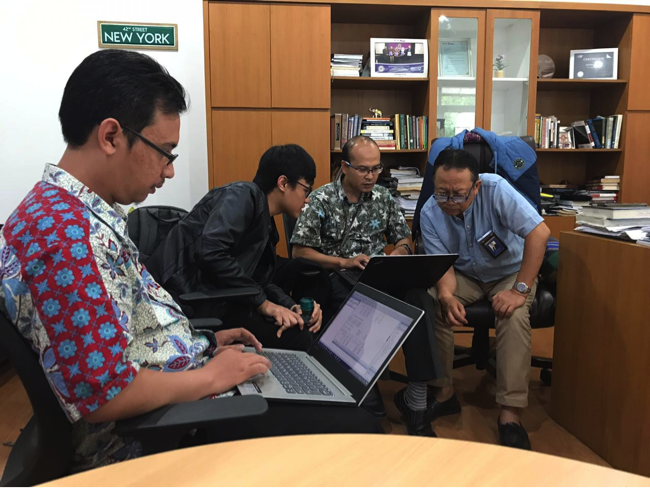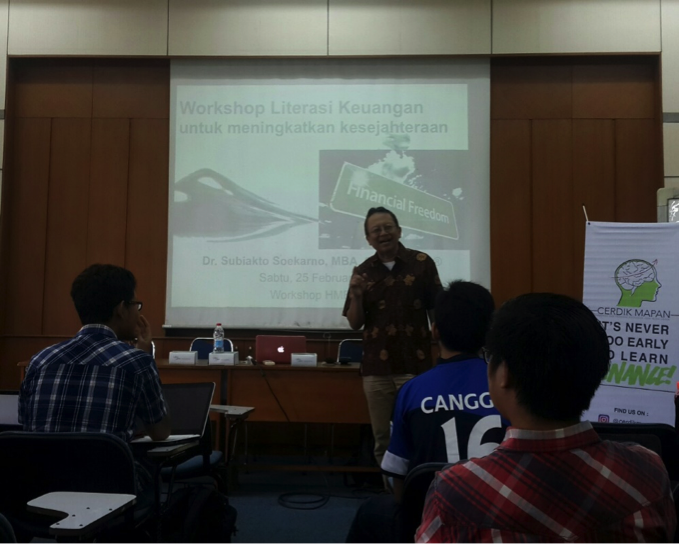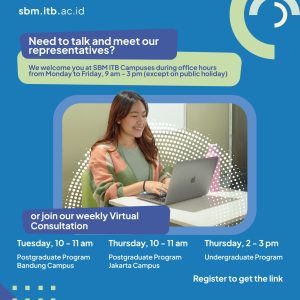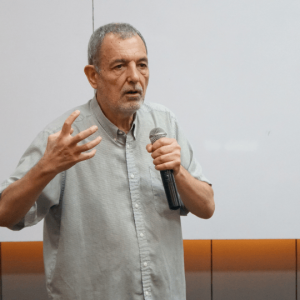According to the studies of Faqih Ahmad Muzzaky, an MSM Student of SBM ITB with his supervisor Dr. Subiakto Soekarno uncovered that people with better financial literacy had a higher risk appetite in their financial product such as stock.
Financial literacy plays an important role in improving the quality of an individual’s financial decision-making. Financial problems are one of the main aspects that affect people’s lives in general. Therefore, an individual’s financial decision-making can affect the economic condition of a country. Therefore, the government had main goals to develop Indonesian citizens to be more financially independent. Thus, research topic related financial literacy is crucial to be studied continuously to optimize the knowledge and financial decision-making of the Indonesian people.
Moreover, the research results from the Financial Services Authority (OJK) show that there is a huge gap between the level of financial inclusion and literacy in Indonesia. One of the main causes is the massive dissemination of financial product information but not financial knowledge or education. Therefore, it leads to high levels of financial inclusion but low literacy levels. These conditions lead individuals toward less precise and optimal financial decision-making.
Related to this problem, Faqih Ahmad Muzakky, a student of the master of science in management program at SBM ITB, and his lecturer investigated the relationship between financial literacy as logical thinking with their risk preference. In detail, they explored the effect of financial literacy measured by numeracy, inflation, interest compounding, time value of money, and money illusion into a set of questions that represent risk appetite indicators.
In more detail, the risk preferences measured in this study are aspects of individual sports interest, investment period preferences, percentage of assets used for investment, tolerance for profits and losses, selected investment products, and financial decision making when getting a loss of up to 25 percent.
This study indicates that people with higher scores on financial literacy are disproportionately more likely to take more risks. Their findings explain the influence of individual financial literacy levels on risk appetite in financial products. Related to this, individuals who have high financial literacy understand that high risk comes with a higher return. Consequently, they are more eager to try financial products with higher risk. In more detail, their research shows that younger people are more intentional toward risk than elder people, and men are more likely to take risks than women.
It was also found that the individual’s formal education and marital status did not guarantee the level of risk appetite. They explain that economic education has more control over financial literacy than formal education. It is shown that the learning by doing approach is more effective in increasing financial knowledge than through formal education. This finding indicates that age and gender factors can be used as a reference for optimizing strategies to increase community participation in the stock market optimally. In addition, this study also confirms that in improving the people’s financial literacy in Indonesia, a more effective learning strategy is needed through the learning by doing approach.









